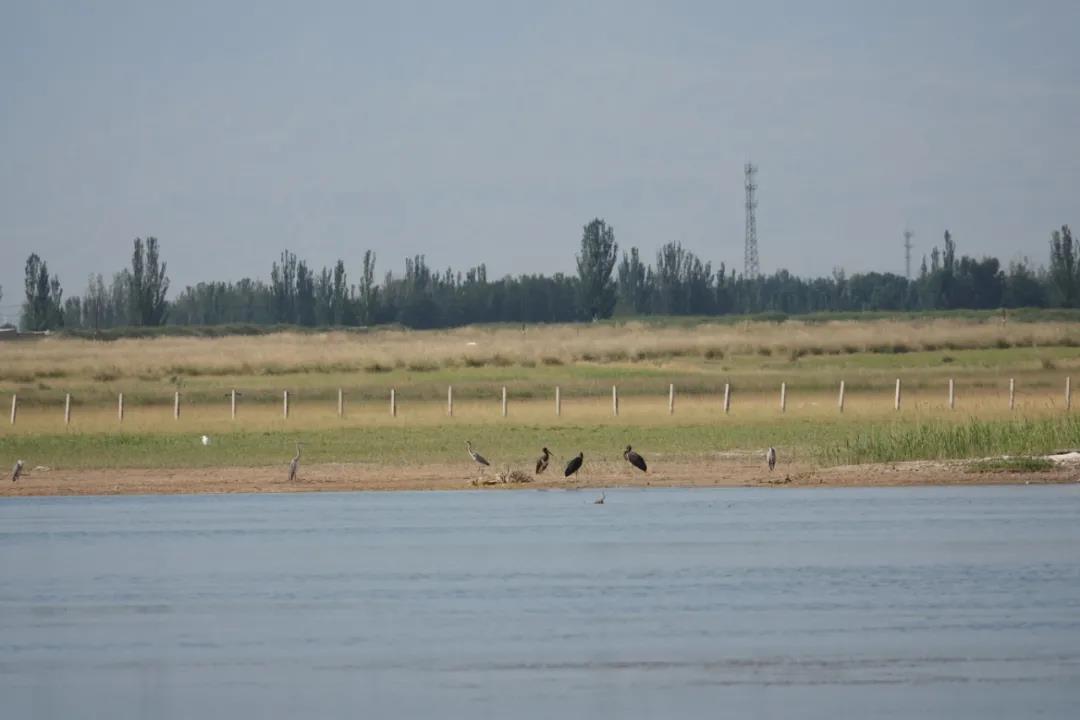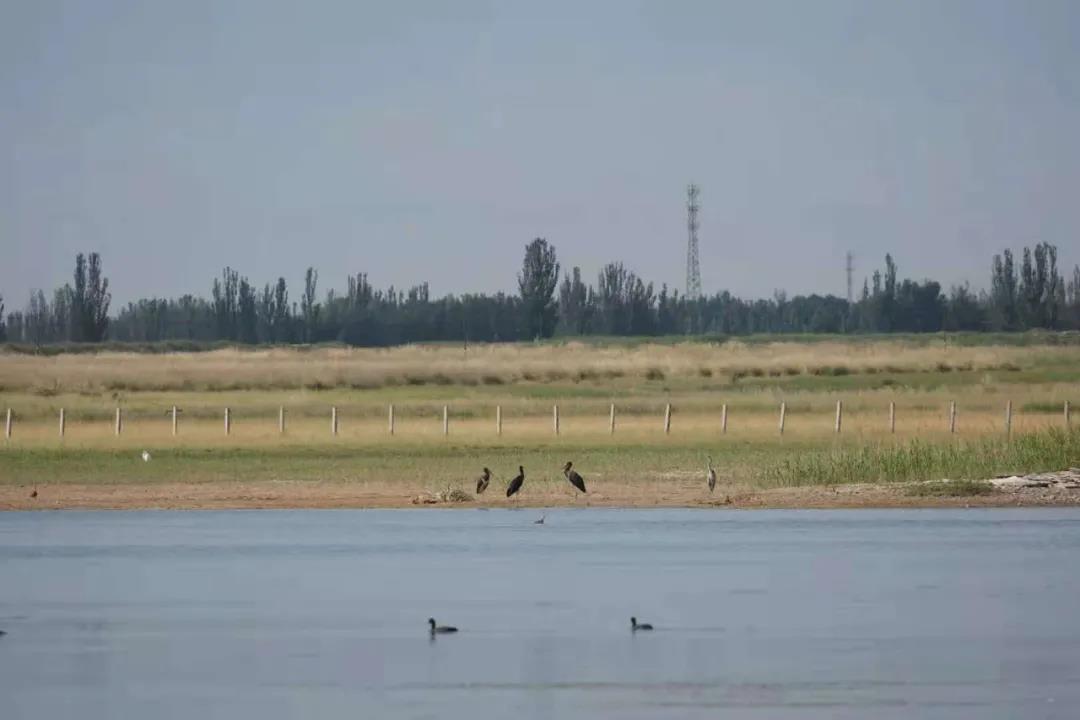Recently, the national first-class protected animal black stork appeared in Caohu National Wetland Park.

Black Stork (scientific name: Ciconia nigra), also known as "black stork" and "pot stork", is a large wading bird with beautiful posture, bright color, agile activity and alert temperament. The adult bird is 1 ~ 1.2m long and weighs 2 ~ 3kg; The mouth is long and strong, the head, neck and feet are very long, and the mouth and feet are red. The feathers on the body are black except that the chest and abdomen are pure white. Under the light of different angles, they can change a variety of colors.

The black stork likes to flock and often forages in swamps and wetlands. It takes fish, frogs and crustaceans as its main food. The breeding period is from April to July and lays 2 to 6 eggs a year, which is white; It inhabits along the river, near swampy mountain streams, and nests in remote places with little human interference; The black stork is also nostalgic and has the habit of using the old nest.

Black storks are mostly migratory birds, only resident in Spain, and only a few wintered in western Africa through the Strait of Gibraltar. In addition, the populations bred in South Africa do not migrate and only spread and roam to the surrounding areas after the breeding period. In fact, the black stork, known as the national bird of Belarus, is also widely distributed in China, with more populations than the white stork. In summer, the black stork can be seen in all northern provinces, and in winter, they go to the south for wintering.